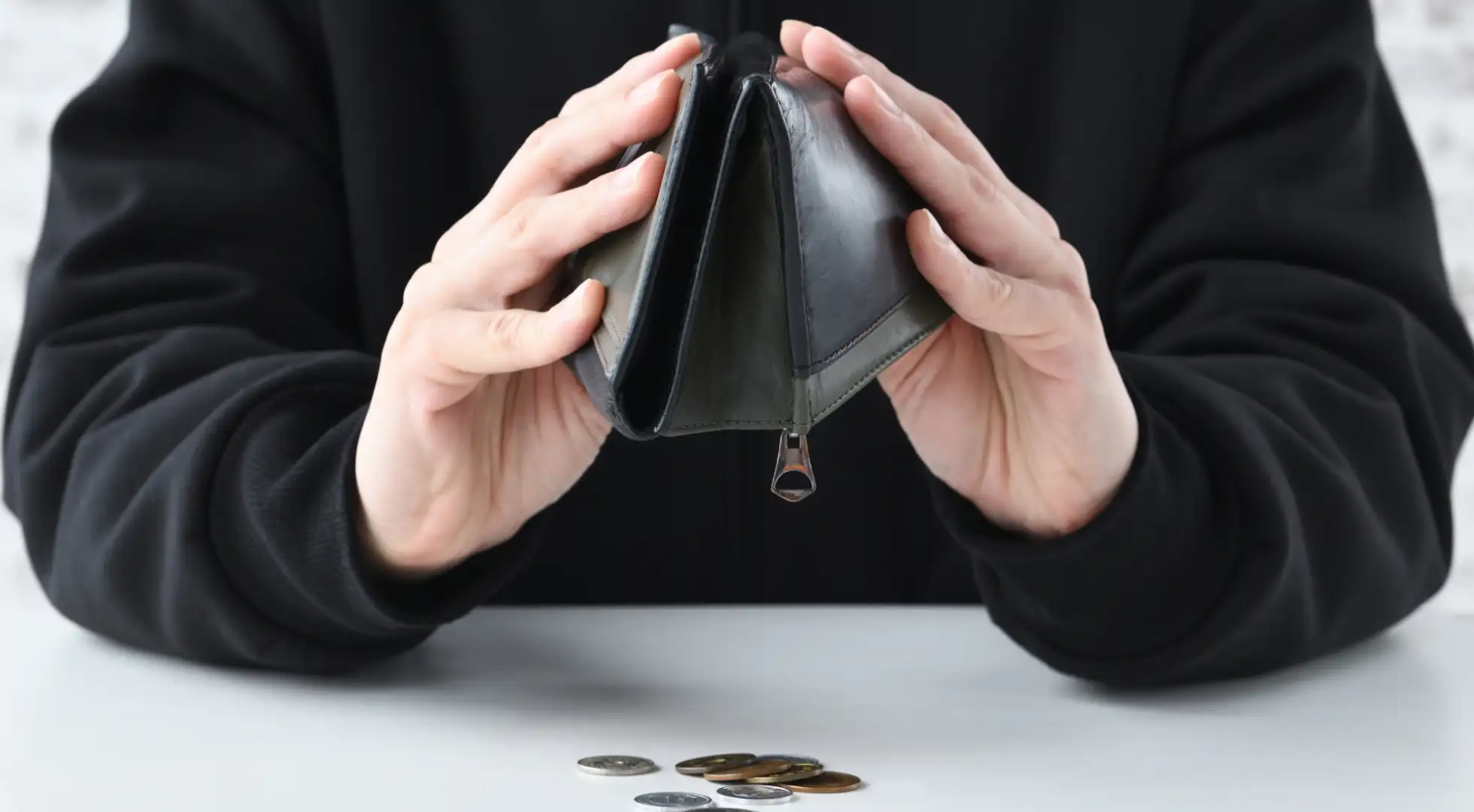Can You Buy a Home With No Money Using Down Payment Assistance?

It’s possible to buy a home with none of your own money using down payment assistance along with other strategies.
However, these cases are rare. Everything has to work out perfectly. Even so, it’s generally not a good idea to own a home with no emergency funds
If you’re still curious how it’s possible to buy a home with $0 to your name (which we don’t advise) here’s the scoop.
No-Money Homebuying Example
Here’s how this strategy could work for you.
Buying a House with No Money Example, $250k Home | |
Down Payment (FHA 3.5%) | +$8,750 |
Down Payment Assistance | -$8,750 |
Closing Costs | +$7,500 |
Closing Cost Loan from Non-Profit | -$4,000 |
Seller Concessions | -$3,000 |
Earnest Money (from family Gift) | -$500 |
Cash to Close | $0 |
Steps to Buying a Home with No Money
No single strategy is likely to get you into a home using none of your own money.
You have to combine multiple techniques. This means you have to be eligible for several programs simultaneously and find a willing home seller. Let’s dive in.
1. Find a Down Payment Assistance Program
There are 1,676 down payment assistance (DPA) programs in the U.S. according to the Urban Institute.
The problem is they are hard to navigate. States, counties, and cities have programs with various income limits, eligible professions, and assistance amounts.
The key is to look on your state’s housing finance agency website to find available programs. Some states even offer an eligibility quiz.
Some programs offer a flat dollar amount – such as $10,000. These are okay but not ideal. Find ones that offers down payment assistance as a percentage of the home’s price.
For example, combine a 3.5% DPA program with a 3.5%-down FHA loan.
The DPA may come in the form of a grant, a loan with payments, or a forgivable loan. While some forms have their advantages, they all can help you get into a home.
When you’ve found the right program, it’s time to think about closing costs.
2. Get Closing Cost Assistance
Closing costs are a significant hurdle to homeownership. Sometimes, they can be as big as the down payment itself: think 2-4% of the home’s price.
Closing costs could be $9,000 or more on a $350,000 house, no small amount for someone with no savings.
Some of this cost is for third-party services such as an appraisal, title work, loan fees, and more. But a good chunk is to prepay costs you would have even if you weren’t getting a loan: a full year of homeowner’s insurance, three to six months of property taxes, and more.
For example, if your property taxes are $300 per month and you need to prepay six months at closing, that’s $1,800.
Costs add up fast.
Fortunately, there are ways to cover these expenses.
Down payment assistance: Some programs will issue more funds than you need for your down payment. Apply extra funds toward closing costs.
Gift funds: Even a small gift from a family member can help.
Seller concessions: As we’ll discuss later, the seller can offer closing cost assistance as an incentive to buy their home.
Closing cost loan: Often called a Community Second, some loan programs allow you to roll your closing costs into a separate second mortgage. These loans must be from an approved source.
Check your homebuying eligibility with a lender.
3. Be Approved for a Low Down Payment Mortgage
A mortgage with low or no down payment is the backbone for no-money homebuying.
Be warned: it could be difficult to receive a pre-approval with no financial reserves. While programs like FHA don’t require savings remaining after closing, they help your approval.
Plus, if you have NSFs or late payments due to living paycheck to paycheck, the underwriter may not feel comfortable approving the loan. You must have the perfect file except for the fact that you have none of your own money.
Here are a few loan programs that might work for you.
USDA loan: A loan for typical homes (not farms) in rural and suburban areas. You must be within income limits.
FHA loan: A loan allowing credit scores down to 580 and 3.5% down. This mortgage allows you to cover the full down payment with various assistance types.
VA loan: A zero-down mortgage with no monthly mortgage insurance for current and former military members.
3% down conventional: Fannie Mae and Freddie Mac, the two major conventional loan agencies in the U.S., offer first-time buyer programs requiring 3% down.
4. Request Seller Concessions
Homebuyers can receive up to 3% of the home’s price for conventional loans and 6% for FHA loans from the seller to cover closing costs.
These “seller concessions” may not be used for the down payment, only closing costs.
For example, you make an offer on a $250,000 home and request 3% in closing cost assistance from the seller. They accept. At closing, the escrow company will allocate $7,500 from the seller’s profit toward your closing costs.
Sounds like a great deal, but do sellers ever agree to this?
Surprisingly, yes. But it only works in weaker markets or for homes that have been sitting for at least 30-60 days.
One home-buying “hack”, then, is to look around for homes that have been on the market for a month or more. Sometimes there’s nothing wrong with them. The agent may have been too aggressive with the price or it has bad curb appeal. Still, they could be good homes.
Offer a fair price for the home, but request enough seller concessions to cover all your closing costs as estimated by your lender.
If you’re willing to look at homes that are not necessarily the hottest on the market, you could get all your costs covered by the seller.
Earnest Money
One “gotcha” is earnest money.
While you don’t technically need money to buy a home, you will need at least $500 to $1,000 of your own cash for earnest money. This is the deposit you transfer to the escrow company as soon as the seller accepts your offer.
You can get this money back at closing if it’s not used. But you still need it to make offers.
Whether this comes from your bank account, a gift from a relative, the sale of a car or crypto, or somewhere else, you’ll need some amount of money upfront. Sellers don’t accept offers with no earnest money, as that would imply a buyer who is not serious about completing the sale.
Putting it All Together
As you might have noticed, it’s hard to buy a home with no money. You must:
Find a DPA program
Cover all your closing costs with a loan or seller concessions
Be approved for the loan despite no savings
Not impossible but difficult.
That’s why it’s important to make a goal of saving $3,000 to $5,000 or more. This will help if you lose your job or something in the home breaks after closing.
If you think you’re ready to buy a home, contact a lender and see if you can be pre-approved.
Tim Lucas spent 11 years in the mortgage industry and now leverages that real-world knowledge to give consumers reliable, actionable advice. Tim has been featured in national publications such as Time, U.S. News, MSN, The Mortgage Reports, and more.




